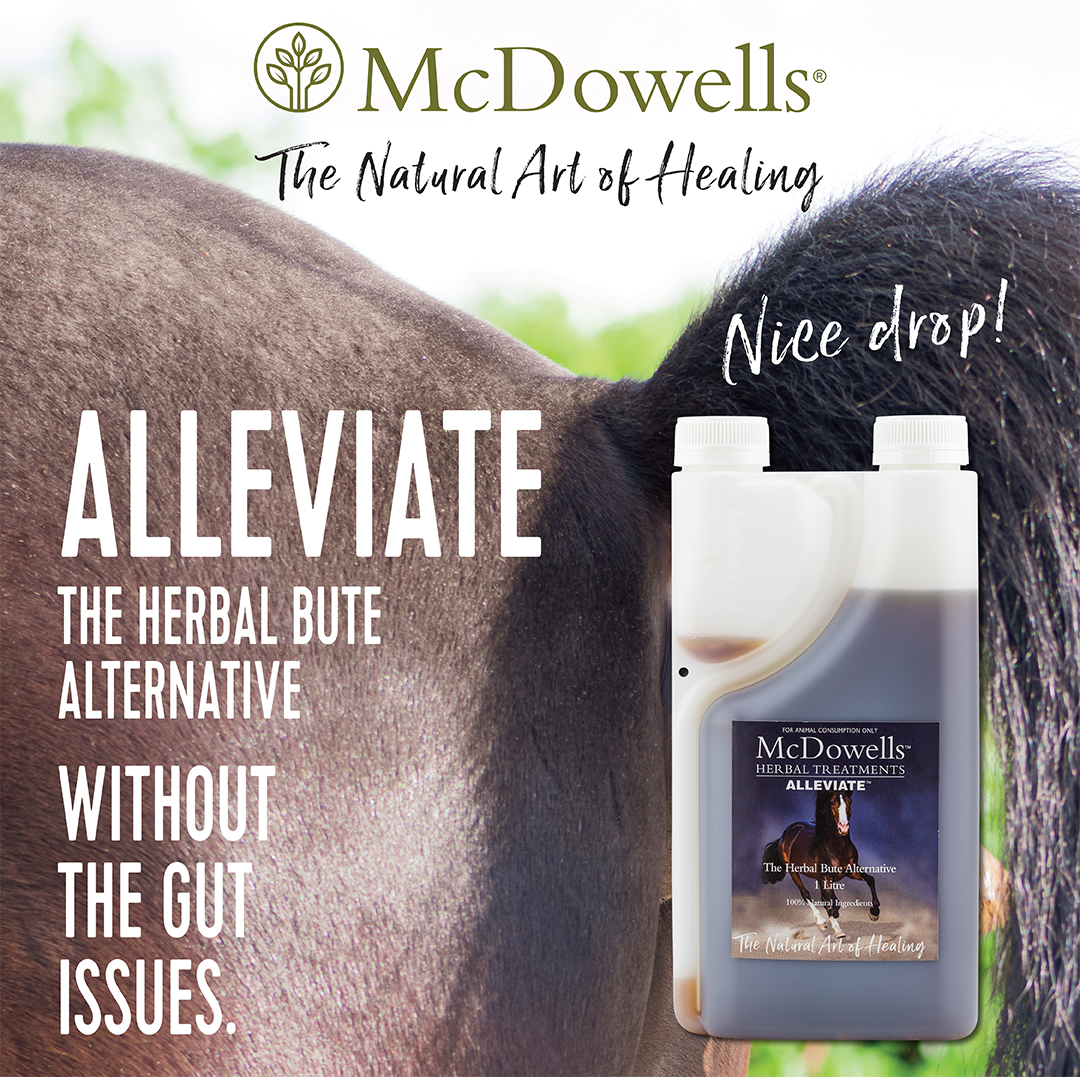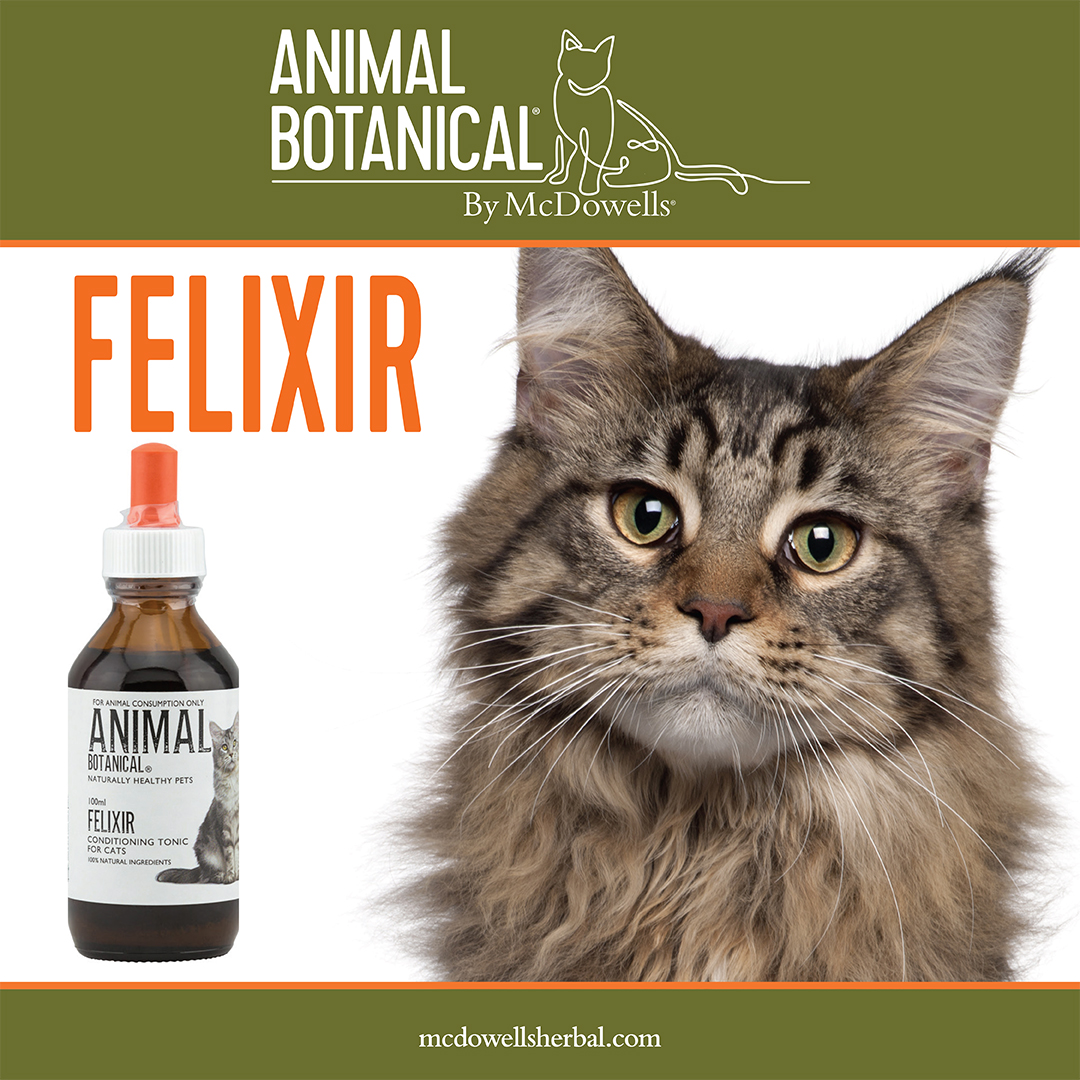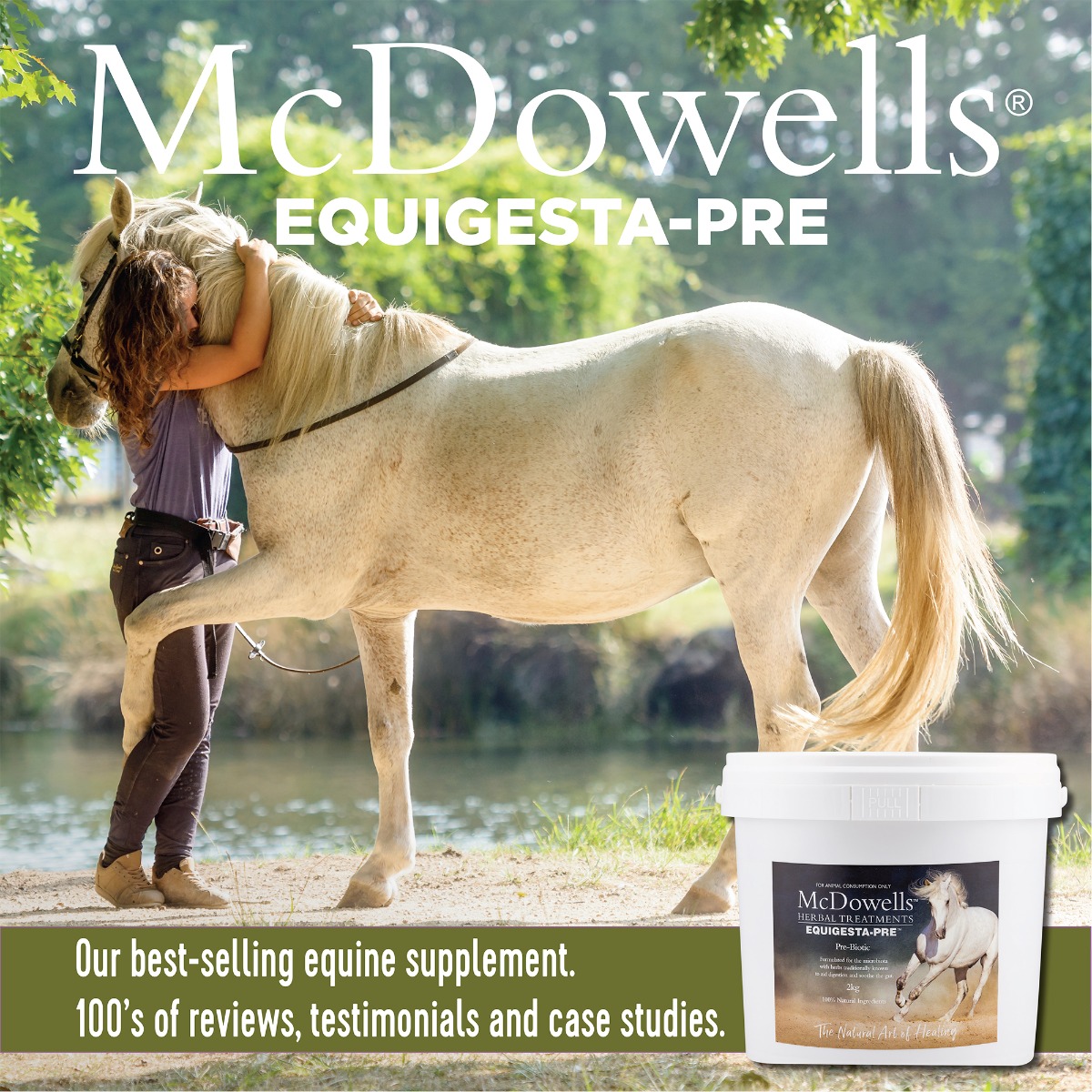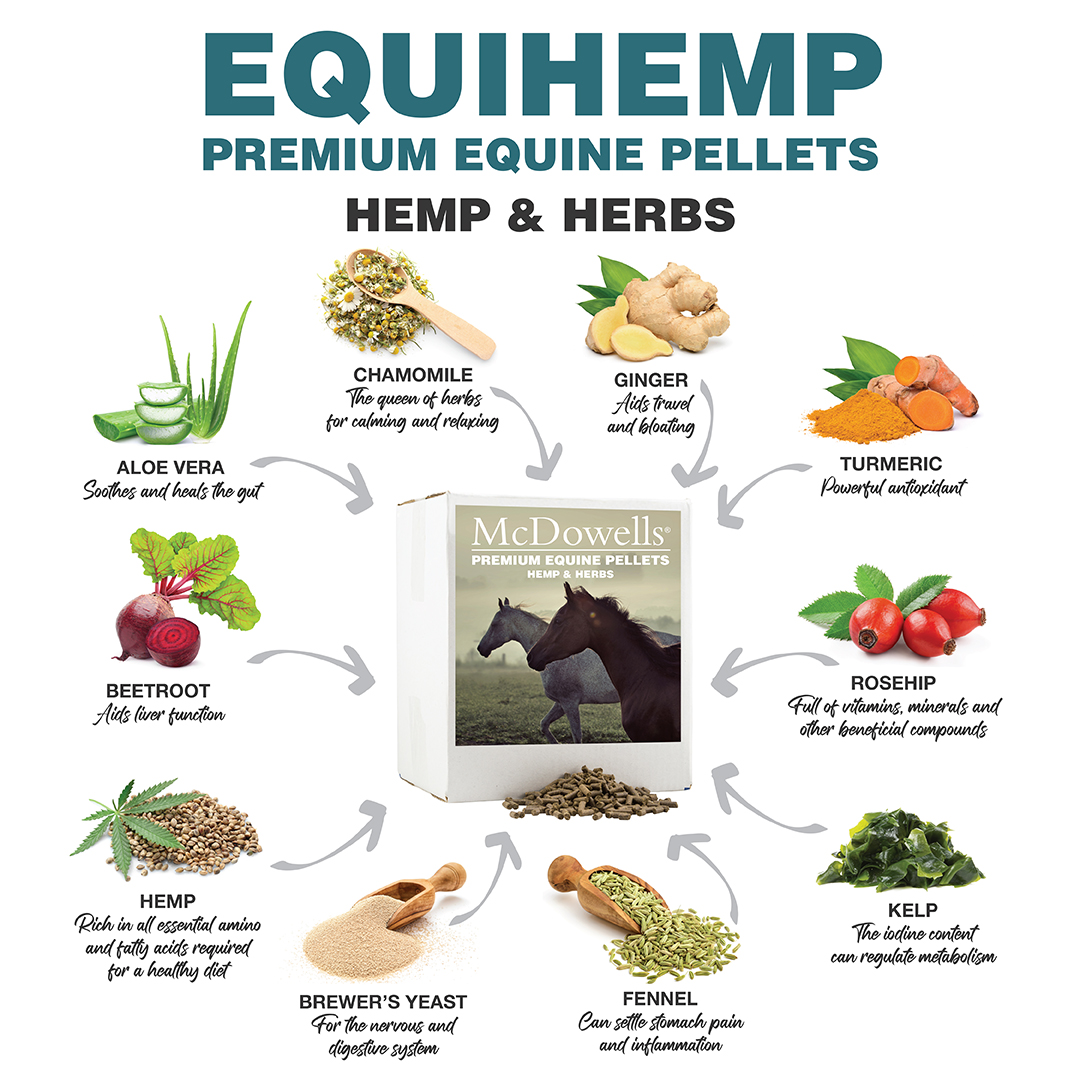
"My yearling has been diagnosed as having accelerated bone growth and shortened tendons. His feet are becoming clubby as his short tendons don't allow his heals to touch the ground. He is in good condition and was being fed lucerne/oaten, boiled barley, linseed, millet and bran as well as mudge dolomite, brewers yeast, seaweed and rosehips. I have been told to retard his growth for a while. What should I be feeding.? Also what are the feeding rates for boiled barley, linseed and millet for horses.? Does this mix heat them up? Thank you for your time"
Answer:-Often this condition is brought about by too rapid gain of weight of the young horse.
Sometimes there is a genetic predisposition. It is usually recommended that protein rich food be eliminated for a while so therefore no grain and no lucerne. Try and get hold of grassy or pasture hay. Keep him on the lean side until he has matured.
I would still feed the 1/4 cup of crushed millet and 1/4cup crushed linseed twice daily for nutritional support of the bones, tendons and ligaments as this is only such a small quantity. Remove all other grain from his diet though. Continue with the dolomite, seaweed, rosehips and Brewers Yeast.
As for feeding rates for your other horses I would strongly recommend that you refer to a respected nutrition book either at the library or by purchasing. Such a book will allow you to figure out how much each individual horse will require and will have equations for figuring out calcium to phosphorous ratios, protein requirements etc.
Each horse is an individual though and one needs to monitor how the horse is going on the diet ie. Is the horse gaining too much weight (then reduce the feed) or not maintaining weight then up the feed. Nothing is set in stone so you be the judge of how your horse looks. These books usually have a diagram whereby they show the different fat scores which are useful.
As a rule horses really do not need grain unless they are poor doers or are doing substantial work. Older horses in winter may need grain supplementation and don't forget rugging as this will cut down on the amount of feed required by conserving body heat and energy.
An important point though is that all horses require sufficient fibre in their diet to maintain a healthy gastrointestinal tract (GIT) so whether that be pasture or hay or a combination of the two depending on amount of pasture present it should be provided. Lucerne hay is quite rich so for the fatties it may be better to provide meadow hay (also known as grassy hay or pasture hay).
Make sure that teeth are attended to on a yearly basis to ensure the horse is getting the most from their feed and that they are grinding the fibre adequately otherwise if long strands of fibre are not chewed properly this may lead to GIT blockages.
Amount of millet and linseed to feed is 1/4 to 1/2 cup of each per horse twice daily depending on their size.
Please ensure you have a topnotch farrier or barefoot trimmer for your yearling. This will be very important to give him the best chance of returning to normal or as normal as can be expected.























